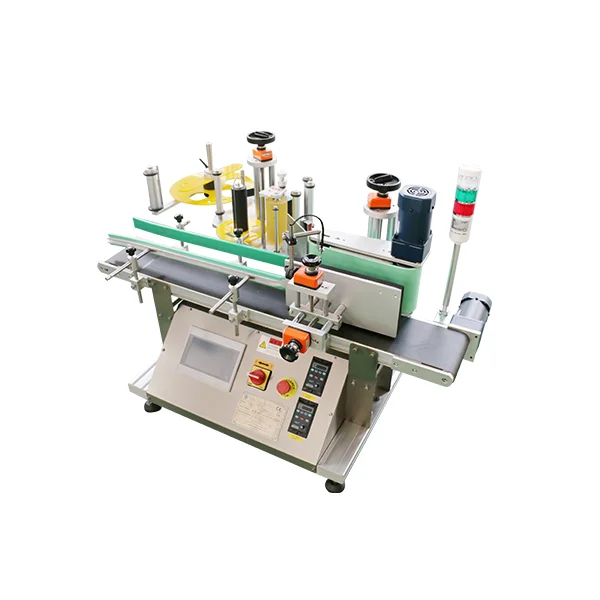In our increasingly electrified world, ensuring the safety and functionality of electrical systems is paramount. Whether you are a seasoned electrician, a DIY enthusiast, or simply a homeowner looking to troubleshoot an electrical issue, knowing how to check if electricity is on is a fundamental skill. This article delves into the various tools available for this purpose, their applications, and best practices to ensure safety and accuracy.
Understanding Electrical Current
Before we explore the tools, it’s essential to understand what it means to check if electricity is on. Electrical current flows through conductors, and when we say electricity is on, we refer to the presence of voltage in a circuit. This voltage can be measured and detected using various tools, each suited for different scenarios.
Essential Tools for Checking Electrical Current
- Multimeter
- Overview: A multimeter is a versatile instrument that can measure voltage, current, and resistance. It is an indispensable tool for electricians and technicians.
- Usage: To check if electricity is on, set the multimeter to the voltage setting (AC or DC, depending on the circuit). Connect the probes to the circuit terminals. A reading indicates the presence of voltage, confirming that electricity is flowing.
- Advantages: Multimeters are accurate and can provide detailed information about the electrical system, including potential issues like shorts or overloads.
- Voltage Tester
- Overview: A voltage tester is a simpler tool designed specifically to check for the presence of voltage in a circuit.
- Usage: Touch the tester’s probe to the wire or outlet. If the tester lights up or beeps, electricity is present. There are two main types: non-contact and contact voltage testers.
- Advantages: Voltage testers are user-friendly and provide quick results, making them ideal for homeowners or those with limited electrical knowledge.
- Circuit Tester
- Overview: Circuit testers are designed to check the integrity of circuits and outlets.
- Usage: Plug the circuit tester into an outlet. If the lights indicate a proper connection, the circuit is live. Some models can also indicate wiring issues.
- Advantages: Circuit testers are straightforward and provide immediate feedback on outlet functionality, making them a great choice for quick checks.
- Clamp Meter
- Overview: A clamp meter is a specialized type of multimeter that can measure current without needing to disconnect the circuit.
- Usage: Simply clamp the device around a conductor. The meter will display the current flowing through the wire, allowing you to check if electricity is on without direct contact.
- Advantages: This tool is particularly useful for high-current applications and for checking live wires safely.
- Test Light
- Overview: A test light is a basic tool that consists of a light bulb connected to two leads.
- Usage: Connect one lead to ground and touch the other lead to the wire or terminal. If the bulb lights up, electricity is present.
- Advantages: Test lights are inexpensive and easy to use, making them suitable for quick checks in low-voltage applications.
Best Practices for Checking Electricity
- Safety First: Always prioritize safety when working with electricity. Wear insulated gloves and use tools with insulated handles. Ensure that you are standing on a dry surface and avoid working in wet conditions.
- Turn Off Power: Before performing any checks, turn off the power at the circuit breaker to avoid electric shock. Use a voltage tester to confirm that the circuit is de-energized.
- Know Your Tools: Familiarize yourself with the tools you are using. Read the manufacturer’s instructions and understand how to interpret the readings accurately.
- Regular Maintenance: Regularly check your electrical systems and tools to ensure they are functioning correctly. This proactive approach can prevent electrical failures and enhance safety.
Conclusion
In conclusion, knowing what tool to use to check if electricity is on is crucial for anyone dealing with electrical systems. Whether you opt for a multimeter, voltage tester, circuit tester, clamp meter, or test light, understanding the capabilities and proper usage of these tools will enhance your safety and efficiency. By adhering to best practices, you can confidently navigate electrical tasks, ensuring that you maintain a safe and functional environment. Remember, when in doubt, consult a professional electrician to avoid potential hazards.



